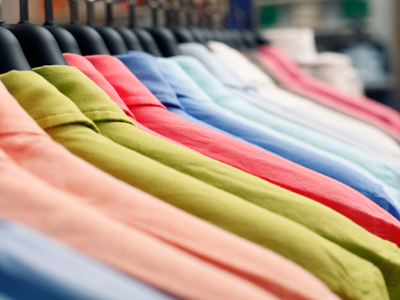
Data Use 01
This KS3 ICT quiz takes a look at data use. Shops use data about their customers to market their services. Small shops may gather email addresses of their customers to organise a mailing list. A mailing list enables the shop owner to send out information to all their customers with a few clicks of a mouse. The information could be details of special offers or perhaps notifying everyone that they have a great new product in stock. It can also turn an occasional customer into a regular customer which will benefit the shop by increasing the amount of money spent there.
Nearly all large stores offer loyalty cards. Customers give their personal details - name, address, email address and so on. They are then given a card with a unique barcode on it. The barcode is linked to the customer's details and each time they buy something, they get their loyalty card scanned using the shop's bar code reader and this is recorded in the shop's computer system. The customer receives some form of reward e.g. points, cash bonus or discount off their bill.
Ready for more?
not all...
quizzers. Try to win a coveted spot on our Hall of Fame Page.







